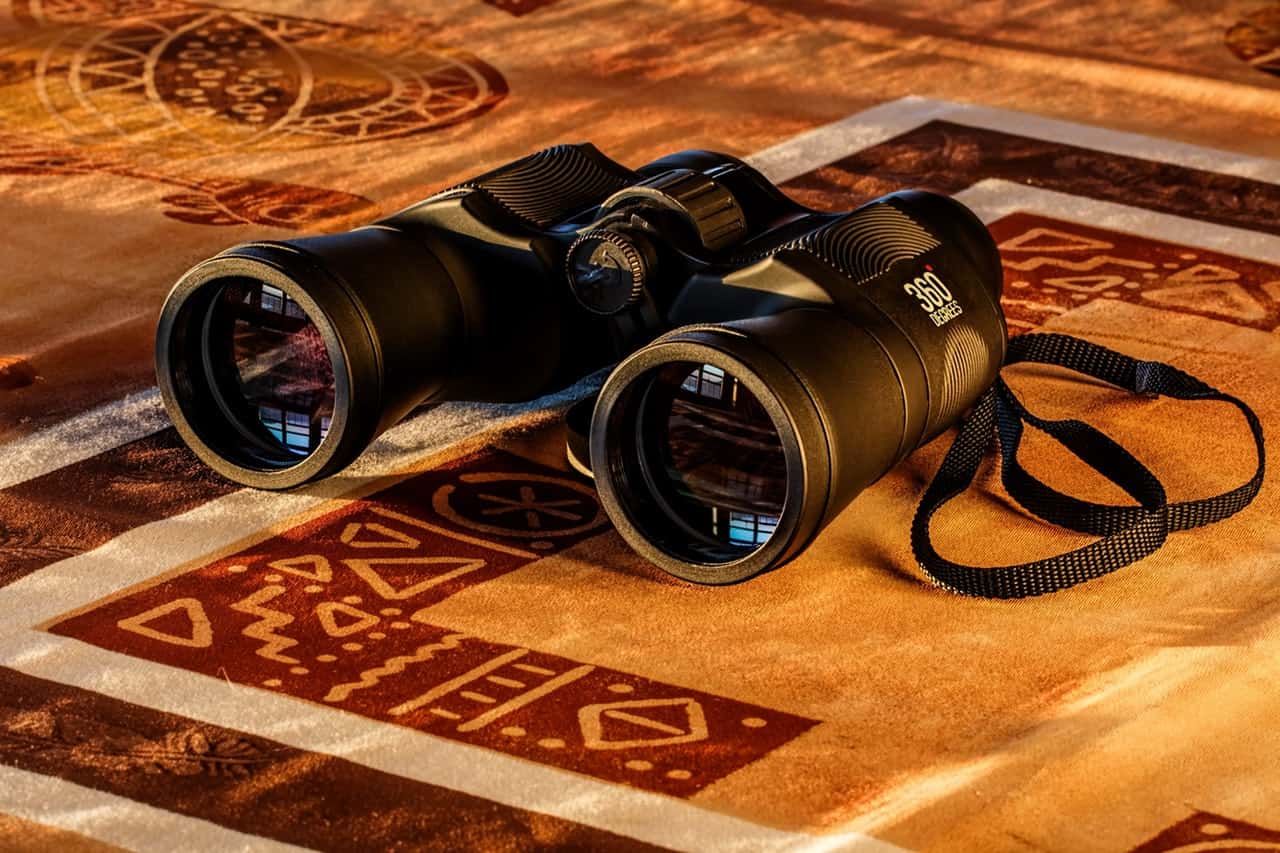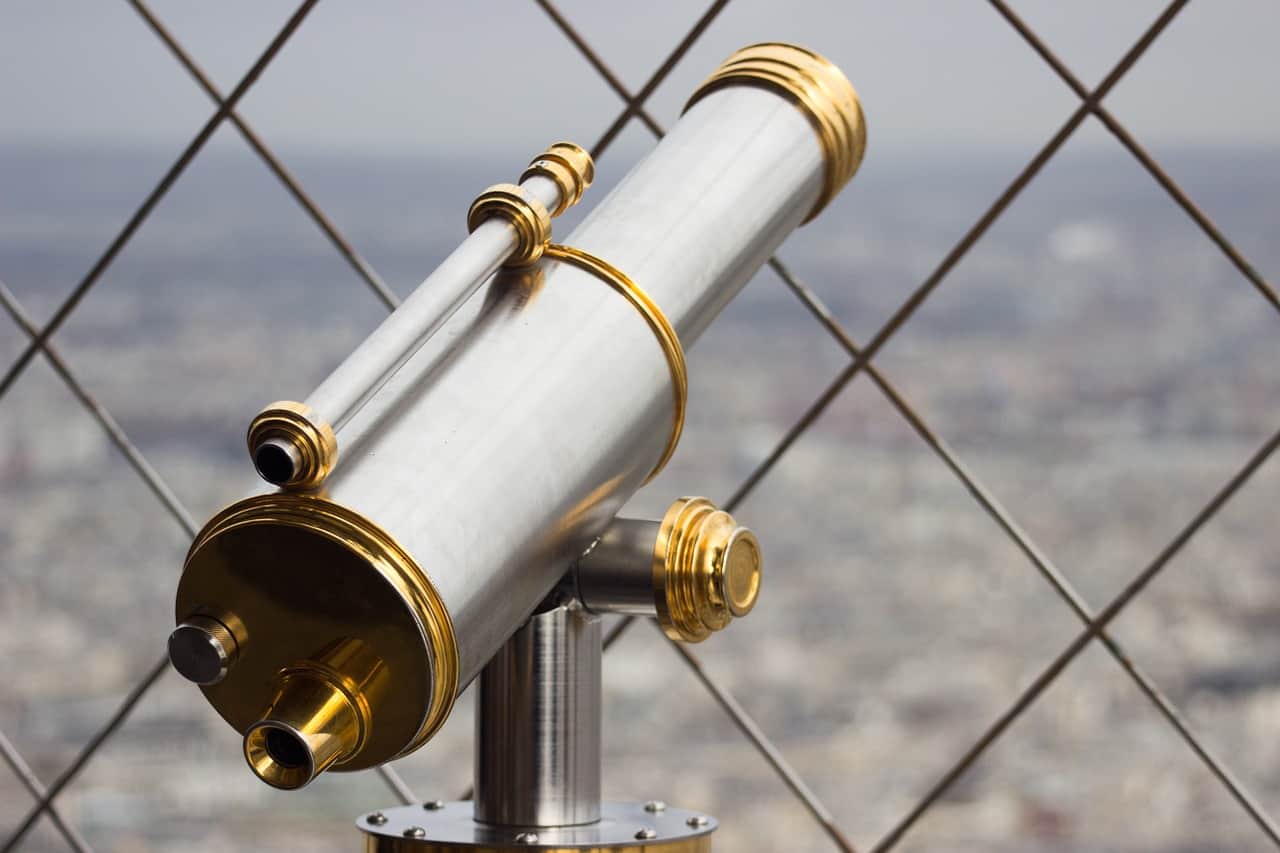If the term “image stabilization” in binoculars is new for you, you have landed in the right place because I am here to tell you everything about this latest technology.
First things first, how do Image stabilized binoculars work? These binoculars have built-in motion sensors or gyroscopic mechanism (sometimes both) that don’t let jitters/vibration affect the final imagery, eventually making your missions more comfortable.
However, this image stabilization technique is not that simple, and there’s much more to that. If you want to clarify your doubts about its working, stay with me till the end and find your answers.
So, how do these binoculars stop those jitters?
Quickly focusing and keeping that point in focus requires a stable posture, which isn’t possible when you’re on the go. When you sail or wander around, holding the binoculars straight is not easy, and you often see blurry views.
However, Image stabilized binoculars stop that shakiness and produce crisp, clear views by controlling the lenses’ movement.
The main parts of an IS binocular are:
- Motion sensors
- Gyroscope
- Image correcting glass
- Refractive fluid (optional)
Let’s understand this technique with an example:
When you hold a binocular straight to your eye level while moving across a jungle, it’ll feel jitters as you walk. These little jitters make focusing challenging, and might even cost you a worth watching sight/target.
But when your binocular has an image stabilization mechanism, it doesn’t let those slight jerks impact your views and allow you to experiment with higher magnifications.
Now, how the internals of your IS binocular work is a step-by-step process; let’s break it down:
When the lenses are focused on a point, and a light beam is also there, you’ll see shaky scenes if no image stabilization is included. But, when you turn on the IS feature, its built-in gyroscope senses the hand-held shakes and initiates image manipulation.
- The gyroscope mostly operates without a power source and is there to sense the movement only.
- Once the gyroscope senses motion, the microsensors calculate signals from it and prepare the prism to hold still.
These sensors can be of two types, i.e., electronic and vibration; the latter is only used for quick shakes and can’t sense smooth movement.
- The third step is carried out in the actuator or corrected prism, which receives signals to activate the IS lens group and rectify the optical performance.
Optic companies have their trademark IS prisms or fluids that sense the movement coming from the gyroscope and impact the lenses accordingly.
- Then comes the final stage, which determines the way your binocular’s lenses move. The vibration coming from the prism is moved to the IS lens group that corrects the shake, ultimately improving the optical clarity.
Optimum lens coatings of Image stabilized binos also impact the image quality that you see as they prevent light scattering after it moves past the prism.
Read Also: How do Binoculars Work
What kind of prisms are used in Image stabilized binoculars?
Some optics companies i.e., Cannon, have developed exclusive prisms for their Image stabilized binoculars that manipulate the views depending upon the shakiness.
Here’s how a Vari-angle prism works in IS binoculars:
It’s made up of two flat glass pieces connected with a bellow (joint). The bellow portion is filled with oil, which reduces the shakes transferred to the next section.
Cannon’s Vari-angle prism is a revolutionary addition in the Image stabilized binoculars as it massively improves the image quality.
This oil (mainly silicon oil) has vibration sensors that detect that liquid’s movement and partially stop it from reaching the lenses.
Other than the Vari-angle ones, most binoculars have Porro prisms with exclusive coatings that reduce the edge fringing of a moving scene and enhance light transmission.
Porro prims are already known for their reliable optical performance, and when paired with a quality gyroscope, the results are truly brilliant.
Do these IS binoculars need batteries?
There are two types of sensors in IS binoculars, electronic and gyroscopic. If a bino has a gyroscope, it operates without a battery, like a regular one. But if it’s a relatively advanced one and has electronic sensors (which are better in terms of performance), it’ll be powered with a battery.
When an IS bino’s battery doesn’t work, it still works normally and comes in handy for glancing at wider regions.
Can image stabilization be turned off when required?
Since Image stabilized binos take time to focus, glassers often wonder if they can stop stabilizing for easy focusing. Luckily, that’s not an issue, and you can always use your IS binocular like a traditional one, especially after its battery is fully drained.
If you want to test your focusing skills without using the stabilization technique, that’s easily doable. Most IS binoculars offer dial adjustment buttons that come in handy when you have to change the settings.
When you reach a relatively stable spot, turn off the stabilization feature and enjoy natural, quick focusing. Also, to get a quick fix for your regular binocular, get on a straight terrain or mount your binocular on a tripod, and you’ll get a hint of the bigger picture i.e., an actual IS binocular.
Final words
Image stabilization was a “military-only” technique until a few years back. But now the optics manufacturers are continuously launching advanced Image stabilized binoculars that don’t cost you a fortune.
The simple mechanism used in these IS binos includes sensors, updated prism, and refractive fluid that collectively stop the movement from disturbing your views.
If you want to have the first-hand experience of an image stabilized binocular, check out this Canon 12×36 binocular.
No matter which model you opt for, it must have a good-quality field-flattener, compact design, and sharp motion sensors to make your activities fun. IS technology is here to make the focusing process easier and foolproof, irrespective of the terrain you are in. Get one and see for yourself.

Binos enthusiast since I was 12 – A real expert in all things optics including rifle scopes and red dots. Live in Dubai & love writing, beaches and eating!






